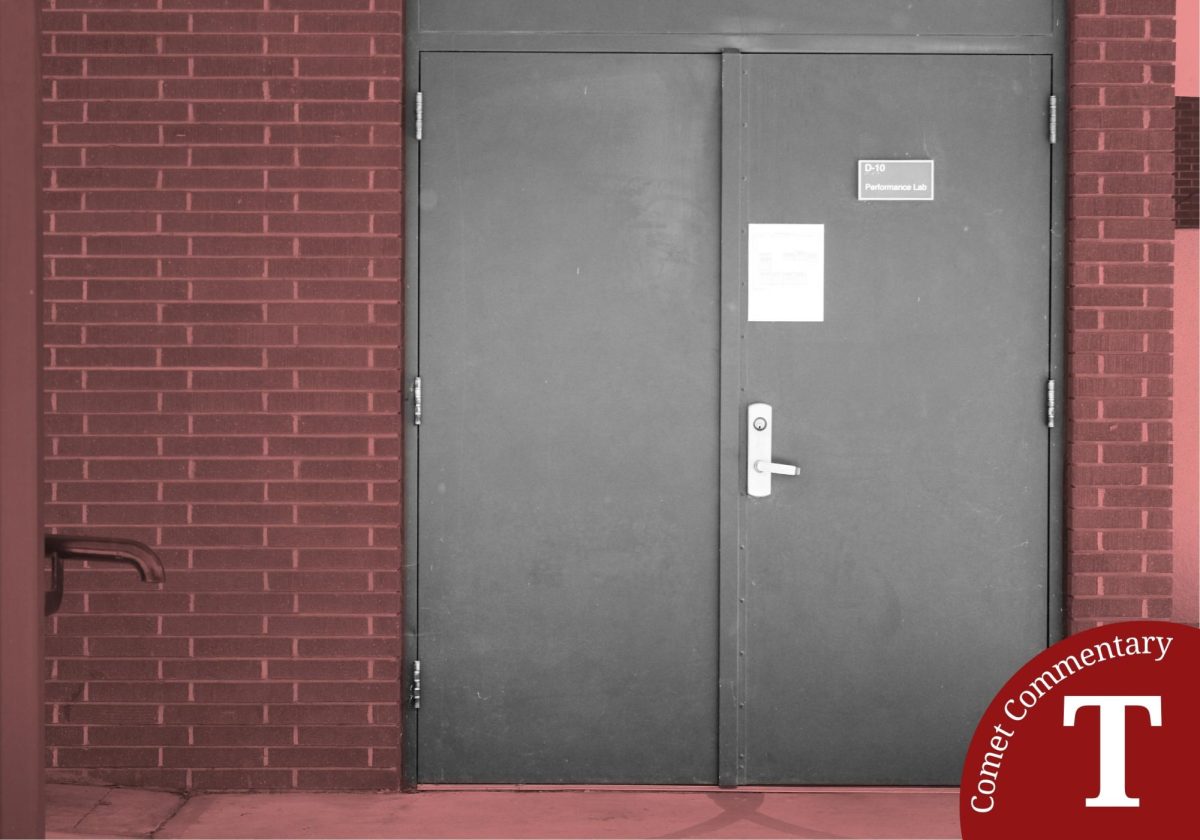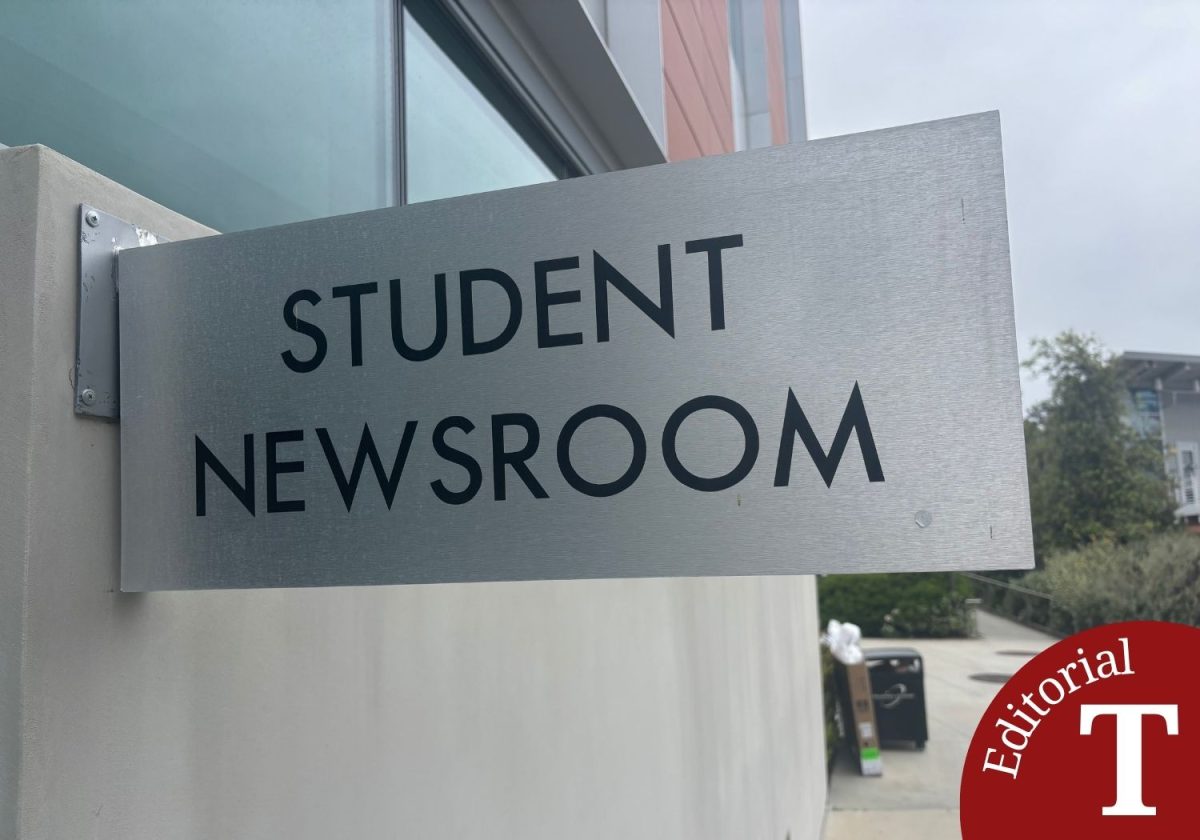Knowing the typical college student, spending $10 per day on fast food is painful enough, so dropping $300 on your semester’s textbooks is most likely excruciatingly painful to your average student’s wallet.
To help its students, Palomar College should make the switch to e-books.
Textbook prices have been rising fast since 1977. We college students know first hand that buying your semester’s worth of textbooks is almost equivalent to that of your paycheck. So what is the alternative to the campus bookstore – renting or buying used? The most convenient and safest alternative are e-books.
College textbooks prices rose 1,041 percent since 1977, according to CBS News. In comparison, overall inflation on all consumer items has only risen 308 percent in that same time.
So what exactly are the benefits of buying or renting e-books as opposed to renting worn, used textbooks, or buying overpriced ones that you have to lug around every time you go to school?
Firstly, and most importantly, e-books are cheaper. Generally speaking, e-books are about half as expensive as textbooks. They’re even cheaper if you rent one. But why rent an eBook when you can rent a textbook for roughly the same price?
Well, for one thing used textbooks are often worn-down and already written in by previous students. This might be bothersome for many. Furthermore, you can access an eBook on almost any device whether that is your phone, computer, or tablet.
Another advantage to e-books is the fact that they offer so much interactivity. Most e-readers and tablets offer the ability to take notes, create flash cards, and annotations directly in the book or app. Even more advantageous is the ability to search the book, effectively eliminating the act of flipping back and forth between the index and table of contents in a physical copy.
And e-books are also updatable. If new information comes out on your subject during your semester, publishers can update your e-book instantly, allowing for the most up-to-date learning experience.
If convenience is your thing, e-books have something really great going for them. They weigh only as much as the device you’re reading them on. If you have three to four classes per day, chances are you’re either carrying a 25-pound backpack around or running back and forth to your car retrieving the book for your next class.
Now, tablets can be expensive. New iPads can run anywhere from $299 to $829, depending on the features. A Kindle e-reader can range from $79 to $529 but the cheaper versions are only readers and don’t offer typical tablet features. This may seem expensive, but if you consider how much money you’ll save on textbooks over your college career, it is well worth it.
Say you spend $200 on textbooks per semester, that would generally be $100 in e-books for the same books. Over the course of four years you’d spend $1,600 on physical books, or $800 on e-books, saving about as much as that most expensive iPad.
It can be hard to make the switch from reading a physical book to reading on a screen. But the fact is that e-books are almost always exact copies of their physical counterparts. The only difference is one is paper and one is digital, and the paper version is twice as expensive, infinitely heavier, and way less convenient.













